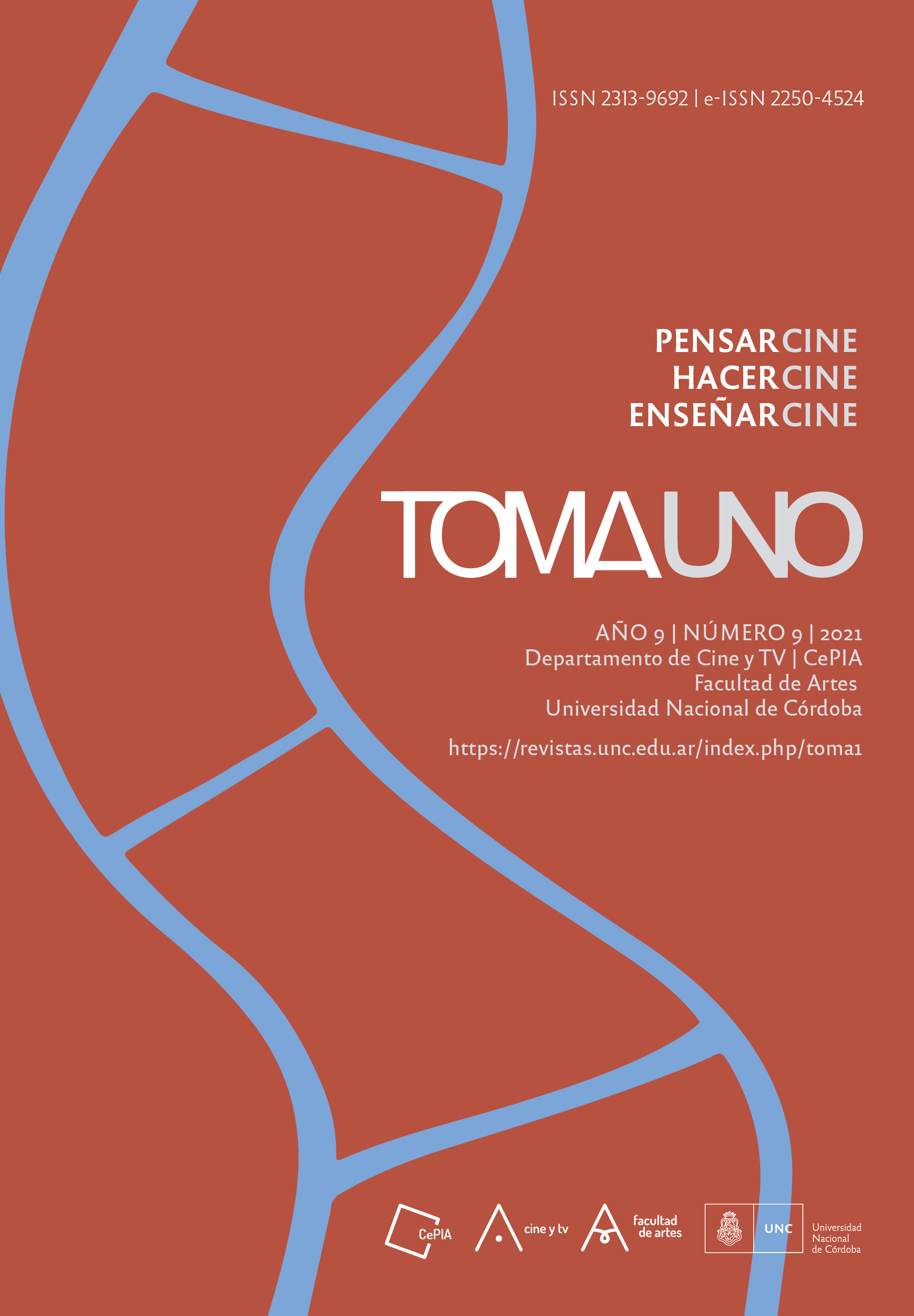Editorial #9. Politics, the political, policies, in Cinema and Audiovisual Arts
DOI:
https://doi.org/10.55442/tomauno.n9.2021.35656Keywords:
editorial note, politics, political, policies, audiovisualAbstract
Three dimensions are usually recognized in cinema, each of which refers to a different legacies: a documentary dimension, heir to photography, which appears with the views of the Lumiére brothers; a spectacular dimension, heir to the performing arts that is attributed to Meliès; and a narrative dimension, found in Griffith's films, and which is heir to literature.
However, a fact that is often left aside is that, alongside this last one, cinema acquires – or rather discovers – its political dimension, that is, its character of discourse that, in addition to showing, entertaining or narrating, disputes meanings.
This issue of Toma Uno invited theoreticians , researchers and filmmakers to write about this dimension in its multiple forms: in the development of certain contents, in the technical and aesthetic options of its authors, in the strategies of production and distribution, among other places. From different approaches, the texts here assembled lead us once again to ask ourselves about cinema, this time in its relation to reality and its potential to transform it.
Downloads
Published
How to Cite
Issue
Section
ARK
License
LicenseThis work is licensed under Creative Commons Attribution-NonCommercial-NoDerivs 2.5 Argentina .


































